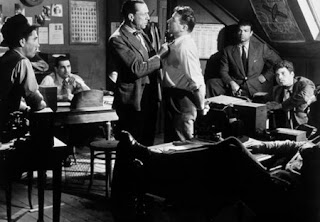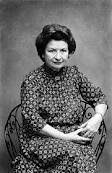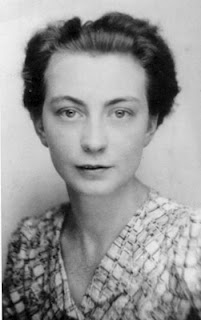CSI : UK
Before Grissom or Brennan or Scarpetta there was the real life pathologist, Bernard Spilsbury, or, as the British press liked to think of him - the real Sherlock Holmes. The tortuously titled The Magnificent Spilsbury and the Case of the Brides in the Bath by Jane Robins is a fascinating look at a classic British murder case, and the early days of the medical examiner, who was one of the first forensic pathologists to successfully use science as a tool to solve crime.
Spilsbury first made his name when he worked on the Crippen murder case, his conclusions (although they have since been disputed) were instrumental in linking the remains found at Hilldrop Crescent with the missing woman, Cora Crippen. His work on the Brides in the Bath murder case would also send George Smith to the gallows. Spilsbury was an obsessive, with a passion for science, and an intelligent mind who could spot inconsistencies in evidence. His evidence in the George Smith case was instrumental in proving that the drownings of the three brides was unlikely to be accidental, and that they could be drowned without attracting any attention was also instrumental in convicting Smith of their murders.
Part social history, part crime story, this is a fascinating account of a period when science was starting to gain pre-eminence in courtrooms throughout the world. Most movingly Robins brought the unfortunate victims back to life, and spoke up for them. The rise of science and its elevation to almost Godlike status by the press was also fascinating, along with its demise, as it becomes clearer that scientific evidence is not always perfect (even though we would like to believe that it is). This is shown towards the latter part of the book where Robins introduces alternative takes on Spilsbury's evidence, most notably in the Crippen case.
For anyone who has already read the Famous Trials books on Crippen and Smith this will provide little that is new, but as an introduction to some of the famous UK trials of the early twentieth century, this is a great fluent read. Not always perfect, it tends to jump around rather alarmingly chronologically, it's nevertheless well worth reading, if only to remember what the world was like pre-CSI.
Spilsbury first made his name when he worked on the Crippen murder case, his conclusions (although they have since been disputed) were instrumental in linking the remains found at Hilldrop Crescent with the missing woman, Cora Crippen. His work on the Brides in the Bath murder case would also send George Smith to the gallows. Spilsbury was an obsessive, with a passion for science, and an intelligent mind who could spot inconsistencies in evidence. His evidence in the George Smith case was instrumental in proving that the drownings of the three brides was unlikely to be accidental, and that they could be drowned without attracting any attention was also instrumental in convicting Smith of their murders.
Part social history, part crime story, this is a fascinating account of a period when science was starting to gain pre-eminence in courtrooms throughout the world. Most movingly Robins brought the unfortunate victims back to life, and spoke up for them. The rise of science and its elevation to almost Godlike status by the press was also fascinating, along with its demise, as it becomes clearer that scientific evidence is not always perfect (even though we would like to believe that it is). This is shown towards the latter part of the book where Robins introduces alternative takes on Spilsbury's evidence, most notably in the Crippen case.
For anyone who has already read the Famous Trials books on Crippen and Smith this will provide little that is new, but as an introduction to some of the famous UK trials of the early twentieth century, this is a great fluent read. Not always perfect, it tends to jump around rather alarmingly chronologically, it's nevertheless well worth reading, if only to remember what the world was like pre-CSI.





.jpeg)





Comments